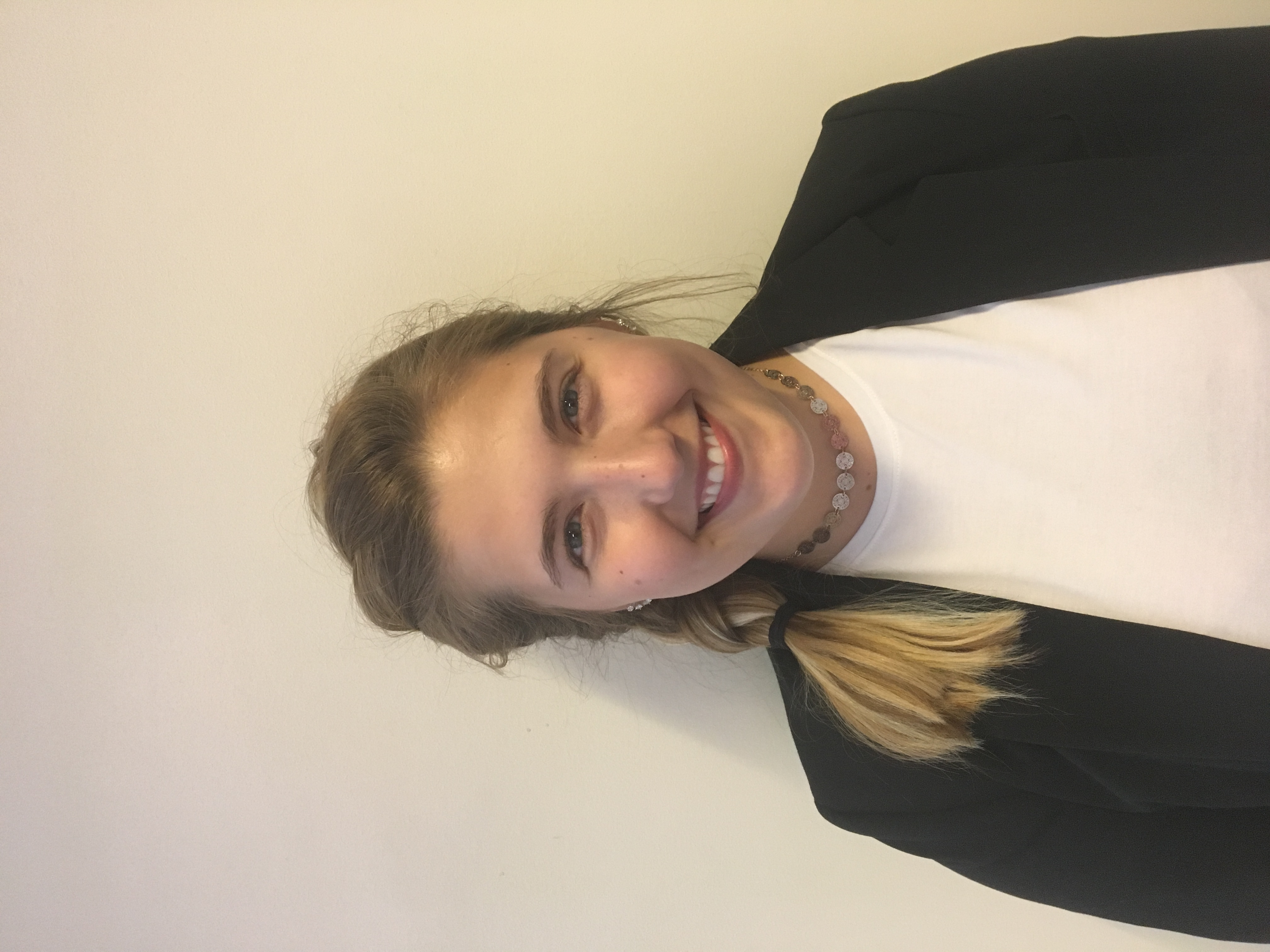Celebration of Scholars
Elevated cortisol and alpha-amylase levels in behaviorally inhibited individuals exposed to physiologic stress: Implications for enhanced associative plasticity with anxiety vulnerability
 Name:
Erin Walz
Name:
Erin Walz
Major: Neuroscience
Hometown: Elk Grove Village, IL
Faculty Sponsor:
Other Sponsors: Martino, Paul; Miller, Daniel; Miller, Justin
Type of research: SURE
Funding: SURE
 Name:
Robin Peterson
Name:
Robin Peterson
Major: Neuroscience
Hometown: Kenosha, WI
Faculty Sponsor:
Other Sponsors: Martino, Paul; Miller, Daniel; Miller, Justin
Type of research: SURE
Funding: SURE
 Name:
Hannah Skendziel
Name:
Hannah Skendziel
Major: Biology
Hometown: Pleasant Prairie Wi
Faculty Sponsor:
Other Sponsors: Martino, Paul; Miller, Daniel; Miller, Justin
Type of research: SURE
Funding: SURE
Abstract
Our study examined stress hormone activation following exposure to 7% CO2 while controlling for stress/anxiety vulnerability. Behaviorally inhibited (BI) temperament has been identified as a key vulnerability factor for stress and anxiety disorders. We have hypothesized that stress vulnerable BI individuals may show enhanced stress hormone responses to environmental stressors. To test that hypothesis, we had participants perform a simple spaceship-based computer task. Participants received 7% CO2 administration either during the first 7 min or the second 7 min of the game. A control group received air only throughout the testing. Air and CO2 were administered using a Hans Rudolph breathing apparatus. Two saliva samples from each participant were analyzed, one sample acquired 15 min prior to beginning the computer task, and a second sample was taken immediately following the computer task. All samples were analyzed for alpha-amylase and cortisol levels using ELISAs. Level of BI was identified using the Adult Measure of Behavioral Inhibition.
